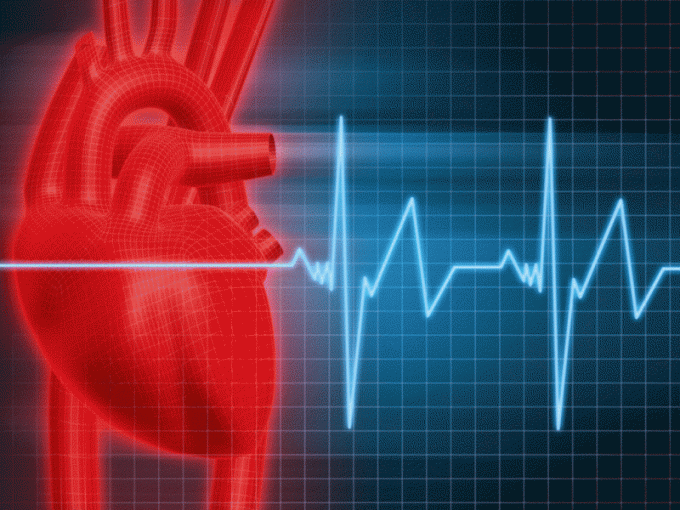Instruction
1
This disease is indicative of violations occurring in the conductive system, manifested by slowing of the frequency of propagation of the pulse or the cessation of their passing (cardiac arrest). Violation of intraventricular conductivity of the heart is expressed by the emergence of various heart blockages, which are divided into full (when there is no possibility of propagation of the nerve impulse) and incomplete (nerve impulses are transmitted with a low frequency).
2
The causes of the violation of intraventricular conduction, are functional, organic, and medicinal. With organic causes there is a change in the structure of the cardiac conduction system. Such changes are often accompanied by: heart attack, myocarditis, angina, infarction, and other ischemic heart disease. In addition, the organic changes observed in the presence of congenital heart disease, cardiomyopathies, and in some cases and after any surgical interventions.
3
For functional reasons for the emergence of pathology observed changes in the conduction system. There is a violation of balance and there is a functional shift in the work of the entire cardiovascular system. Medicinal causes of the disease determine the occurrence of abnormalities when taking certain medicines that affect the rhythm of the heart. Blockade of such a group differ in severity and are difficult to treat.
4
If there is blockade, in which common atrioventricular conduction is not violated, the cure lies in identifying and eradicating the underlying disease. When the blockade heart failure and intraventricular, for the treatment used cardiac glycosides are assigned to all patients with the presence of this type of pathology. An important role in the therapy of patients with ventricular blockade is the use of drugs that significantly improve metabolic processes in myocardium. Among these drugs there are "Inosine" (administered orally at a dose of 0.6 — 1.2 g a day), "Kokarboksilazu" (administered intramuscularly at 50 — 100 mg per day) or adenosine triphosphoric acid (also intramuscularly 1 ml 1% solution). The drugs used in courses, lasting about 1 month.
5
When intraventricular blockade is present simultaneously with atrioventricular block II degree, drugs prescribed with caution, and regularly carry out electrocardiographic monitoring. In acute bifascicular blockade in a patient with myocardial infarction place the probe in the right ventricle (preventively) because there is a high probability of full trifascicular blockade up to stop the blood circulation.When trifascicular the form of a blockade what is happening with the violation of atrioventricular conduction II and III it is necessary to conduct the introduction of the probe electrode directly into the cavity of the right ventricle as a prophylactic or therapeutic purpose.
Note
It must be remembered that monofollicular blockade of acute character, only in 12% of cases precede the violation of atrioventricular conduction. Therefore, it is not expedient to carry out catheterization, all of these patients. This procedure is performed only in the presence of a real threat to the development of atrioventricular of blockade.
